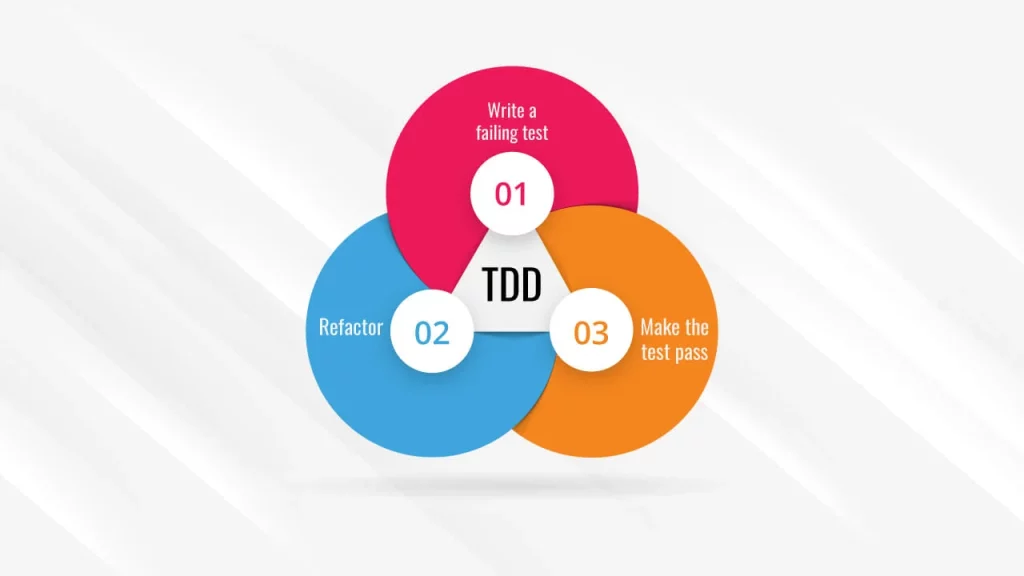It is essential to ensure the reliability and functionality of your code in the fast-paced world of software development. This is where Test Driven Development (TDD) comes into play. TDD is a methodology that not only improves code quality, but also improves developer productivity. Back-end developers who adopt TDD not only improve the quality of their code, but streamline their development processes so they can deliver more reliable software solutions.
Test Driven Development is a software development method that emphasizes writing tests before writing actual code. The TDD process includes three main steps:
• Writing a failed test,
• Writing the minimum amount of code to pass the test,
• Refactoring the code while ensuring that all tests continue to pass.
TDD promotes an open and structured approach to development, providing more maintainable and reliable code. With this methodology, developers can identify problems early in the development cycle and fix bugs before they grow.

Test Driven Development with C++
Test Driven Development offers significant advantages for back-end developers working with C++. Developers can define the expected behavior of their code better by writing tests first. This approach can be even more valuable when processing complex data structures and algorithms. TDD also supports modular design, allowing code to be broken down into smaller, manageable units that are easier to test individually.
In the context of C++, TDD can be implemented using testing frameworks such as Google Test or Catch2. These frameworks make the TDD process smoother by providing tools to write and run tests.
Test Driven Development in Java
Popular programming language Java also leverages the principles of TDD for back-end development. Java developers can take advantage of frameworks such as JUnit or TestNG to build and run tests seamlessly. TDD’s iterative loop is in good harmony with the object-oriented nature of Java and supports the creation of well-structured and maintainable code.
Benefits for Back-end Developers
Early Fault Detection: TDD’s “bug first” approach ensures that bugs are caught as soon as possible, reducing the likelihood of these issues being passed on to the user.
Improved Code Quality: Writing tests before code encourages a more planned development process, resulting in cleaner and more reliable codebases.
Fast Feedback Loop: The iterative nature of TDD provides rapid feedback on changes, making it easier to identify the source of problems and fix them quickly.
Refactoring Confidence: Developers can safely refactor code to improve efficiency and maintainability with an extensive set of tests without fear of breaking existing functionality.



